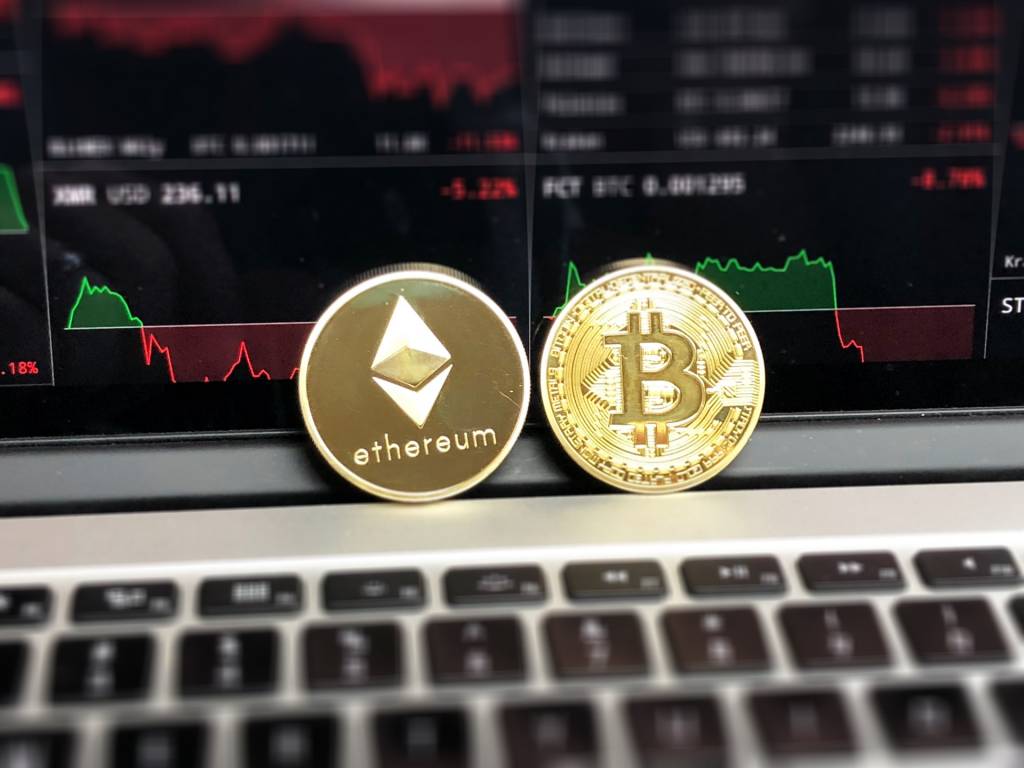We spoke to Marilyn Blattner-Hoyle on Blockchain and Trade Finance, taking a look at some of the real world applications of blockchain in trade finance, specifically how AIG are utilising distributed ledger and other technologies to increase transparency, reduce friction and help streamline cash flow and working capital solutions in terms of payment terms and trade finance in the insurance world.
AIG Trade Finance and Blockchain
AIG Trade Finance was established in 2007 to develop and promote an innovative new way to align trade credit insurance more effectively with trade finance products and to deliver real added value solutions for corporates, banks and other funders.
AIG innovates to support funders and corporates by using blockchain and distributed ledger technology as well as other technologies to increase efficiency and scalability of working capital trade solutions, supported by Basel III-compliant limited conditionality AIG trade finance insurance.
AIG has recently further broadened its trade finance capabilities to better partner with banks and other funders on their trade finance/ working capital flow transactions across the trade product spectrum including receivables finance, supply chain/confirmed payables finance and other working capital products.
When consider blockchain and DLT, AIG focusses on client needs and the technology solving the same. For example, the interesting attributes are the ability of the blockchain/ DLT to increase transparency, remove friction and identify provenance of data in an invoice life cycle.
We spoke to their Head of Trade Finance, Marilyn Blattner-Hoyle, about some of the industry trends which are at the edge of innovation in terms of everything DLT.
What are your thoughts on distributed ledger technology (e.g. blockchain) as a disruptor to trade finance?
I believe blockchain or similar technology applications can solve many of the issues that are widespread in the trade finance industry such as paper-driven and documentation heavy transactions, lack of data transparency, numerous different platforms that do not connect. Adoption and scalability is key though and I think that will be driven by proven examples of increasing the speed with which transactions are executed, decreasing errors, and then of course the holy grail would be to do all of these things, and using the data to make it easier and safer to include a wider remit of participants in the trade finance ecosystem including SMEs. However, so far adoption has been slow and limited in its application. It is key that we do not create further data silos via blockchain and think carefully about how all these different pilot ecosystems can connect.
Corporates can streamline their working capital solutions improving payment terms, and funders can benefit from targeted insurance supporting a funder’s capital risk mitigation requirements, and technology can enable that.
Why is AIG utilising blockchain technologies and how is this making a difference to others?
AIG has a strong innovative and exploratory approach aimed at bettering our service and product offerings to our clients and being relevant in respect of trends that will impact our clients. DLT is one of these trends. We are part of a variety of different consortiums and pilots across the company and have a joined up approach in using lessons learned on each project, one of which we drove out of the trade finance team. The key is that we are using blockchain with our clients at the center so if blockchain can solve something better than another solution, then we look to engage in that if it makes sense.
For our trade finance application, which was based on a receivables orchestration, we found that the data transparency was the key attribute that we did not see with other systems – so in practice that is being able to see the end to end invoice data at any stage in the transaction. This is particularly important when you consider expanding beyond the pilot to multiple different ecosystem participants such as more funders, obligors, brokers, insurers and even more widely including logistics, customs etc.
As the first insurer to do a mainstream pilot with receivables and insurance, we are engaging heavily with the industry and also even with our competitors to think about how we can expand this. We hope to influence the base of how trade finance and industry intersect.
What are the top 4 Blockchain Trends Over The Next 3 Years, in your opinion?
1. Convergence
Different industries will come together more easily by being able to use blockchain and similar technologies to make data sharing easier – in our case we had insurance, banking and corporates coming together. This has not necessarily been the norm in these sectors previously. APIs will be key to this convergence to offer a “quick” solution to data exchange at least in the short term. APIs were key to the cost effectiveness of our first structure.
2. Machine learning
–Using the data effectively to better assess trends will be key to expanding to more difficult risks and SME world. Blockchain and DLT will hopefully provide the platform of data convergence that will make this machine learning and algorithm use more widespread. We do this already by using payment history and underwriting experience to write limits including where financials on an obligor are not available, but much much more can be done with higher availability of data.
3. Interoperability
In order for the ecosystem to work, interoperability between blockchain/ DLT networks and platforms is absolutely key. We cannot have more data silos. There are numerous projects going on in this area now.
4. Crypto currency
I think this may become less of a trend if that is an option for an answer. The current issues with volatility, regulation, energy use, hacking etc…have taken the spotlight away from some of the non-crytpo currency uses of blockchain so I hope regulators, lawyers and industry leaders will be able to keep the issues separate.
What are the medium to long term objectives that you’re focusing on at AIG in respect to trade finance and how will you achieve this?
Medium to long term objectives in this space are to be able to better use technology and data to drive more effective insurance and more profitable growth in the trade finance arena. We believe this is only possible by working with our clients, brokers and across the industry on their various technology applications and connecting those projects where appropriate. This will not be a short term endeavour and there are and will be more hurdles to overcome, but the medium to long term potential is there.
 Australia
Australia Hong Kong
Hong Kong Japan
Japan Singapore
Singapore United Arab Emirates
United Arab Emirates United States
United States France
France Germany
Germany Ireland
Ireland Netherlands
Netherlands United Kingdom
United Kingdom








Comments are closed.